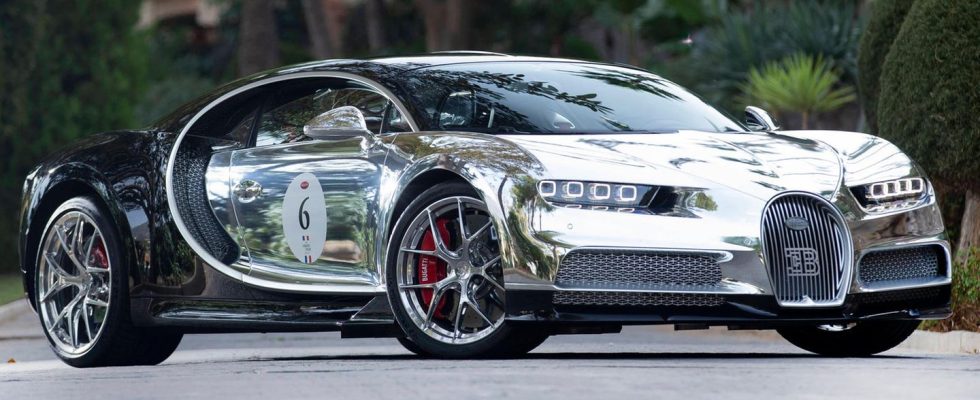Large engines have become very rare. There are various reasons for this: consumption can be significantly higher, you need a lot of space and CO2 emissions have fallen out of time. The trend for years has been towards “downsizing”, i.e. the use of smaller, mostly turbocharger-supported engines.
“Downsizing” has been a trend for years
This has advantages for manufacturers: you can get the same performance in less space, reduce consumption and save weight. The plan also works in low speed ranges – here the small engines work more efficiently and economically.
Even clear disadvantages, such as the hated turbo lag, a performance deficit that occurs due to the delayed onset of the turbocharger function, are basically a thing of the past.
But small engines with turbo also have a downside: smooth running suffers from the reduction in cylinders and the engines are often said to give up the ghost much more quickly. The latter is probably directly due to the turbocharger, because the load on the parts can be higher than in engines that do not work without it.
An era is ending – but there are still big engines
But before the downsizing and supercharging of engines progressed, the situation looked different – and there are still exceptions for sports cars today.
You can find out which engines in terms of size could pass for a one-room apartment in some big cities in the gallery.

